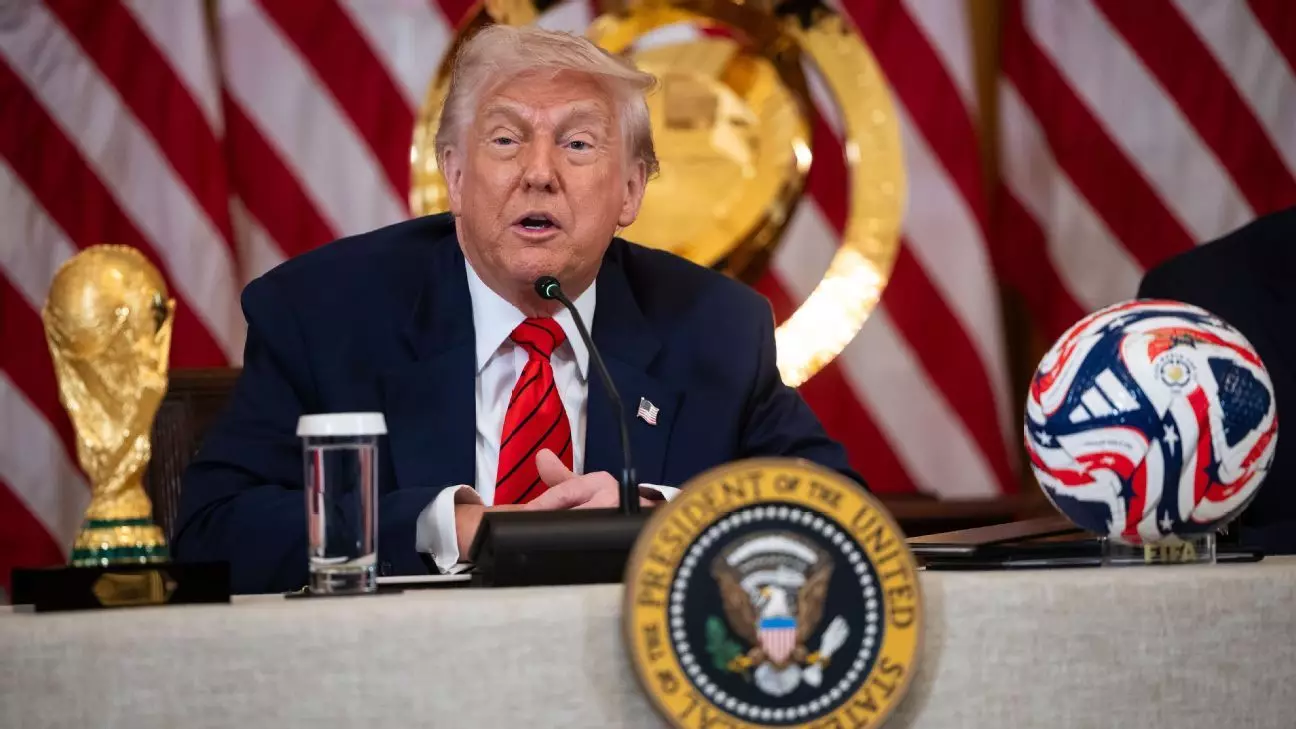The upcoming 2026 FIFA World Cup is shaping up to be a significant milestone, not just for soccer enthusiasts but for the global sporting community. President Donald Trump recently announced the formation of a presidential task force aimed at orchestrating the event, with Andrew Giuliani stepping in as executive director. Giuliani, the son of the iconic former New York City Mayor Rudy Giuliani, brings not only familial ties but also firsthand experience from his prior role as special assistant to the president. This decision underscores a blend of legacy and possibility, especially within a competitive sports environment where leadership can greatly influence outcomes.
Strategic Planning for a Unforgettable Experience
The ambition behind this task force is not simply to host a sporting event; it’s to create an unparalleled experience for participants and attendees alike. Trump’s vision is clear: he wants to ensure that visitors enjoy a seamless journey from arrival to departure. The choice of Giuliani, described as a “highly competitive golfer and person,” suggests that the team will be driven by a focus on excellence and performance. Trump’s assertion that this group will “help plan the biggest, safest, and most extraordinary soccer tournament in history” raises the stakes significantly. Such declarations, while ambitious, set a high bar for execution that will require innovative strategies and comprehensive logistics.
Economic Opportunities on the Horizon
This task force does not only represent a high-profile leadership structure; it also symbolizes a considerable economic opportunity for the hosting countries— the United States, Canada, and Mexico. According to FIFA President Gianni Infantino, the event could generate nearly $50 billion in economic output, alongside the creation of around 300,000 jobs. This statistic places significant pressure on the task force, as the impact of their planning efforts will resonate beyond mere sports. It’s about community engagement, small business support, and national pride.
A Call for Global Unity
The announcement also emphasizes inclusivity, with U.S. Vice President JD Vance highlighting that visitors from nearly 100 countries are expected to attend. Such a diverse influx signifies much more than just economic numbers; it reflects the potential for cultural exchange and unity through sport. Vance’s assertion that “everybody is welcome to come and see this incredible event” frames the World Cup as a global gathering, which seems timely in a world where dividing lines often overshadow commonalities.
Building on Previous Successes
It’s important to view these efforts in continuity with previous preparations for global events. For instance, the upcoming Club World Cup, which will take place across 11 U.S. cities from June 14 to July 13, sets the stage for testing infrastructure and hospitality in preparation for the World Cup. The connection between these two events is pivotal; success in the Club World Cup could pave the way for a smoother World Cup experience, reinforcing the idea that each step taken is part of a larger narrative of American sports hosting.
The formation of this task force indicates a proactive approach to one of the world’s most-watched sporting events. As excitement builds, the strategies employed and results produced will undoubtedly be closely monitored, not just for their immediate outcomes but for what they may signify about future collaborations in global sports.

